- Punchy yet efficient turbo petrol engine
- Finally a torque converter auto!
- Well priced and well equipped
- Interior quality needs an upgrade
- Servicing isn't cheap
- Higher-than-expected road noise
We’re big fans of the new 2020 Volkswagen T-Roc 110TSI Style. There. we said it. Launched locally in 2020, though late to Australia by at least a few years, the T-Roc was part of VW Group Australia’s renewed SUV assault on local buyers that included a new Touareg, as well as the smaller T-Cross in addition to the strong-selling Tiguan and seven-seat Tiguan Allspace.
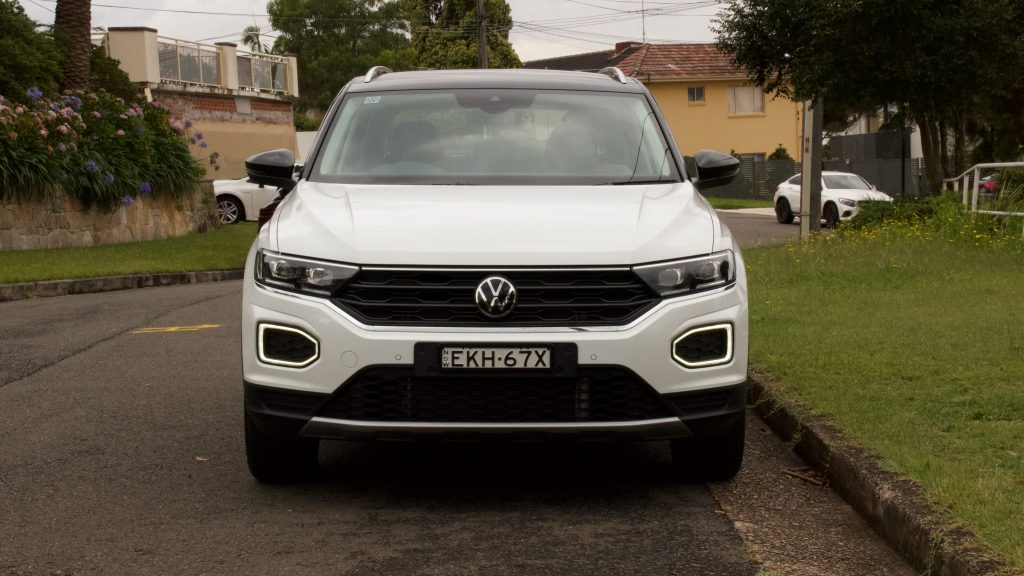
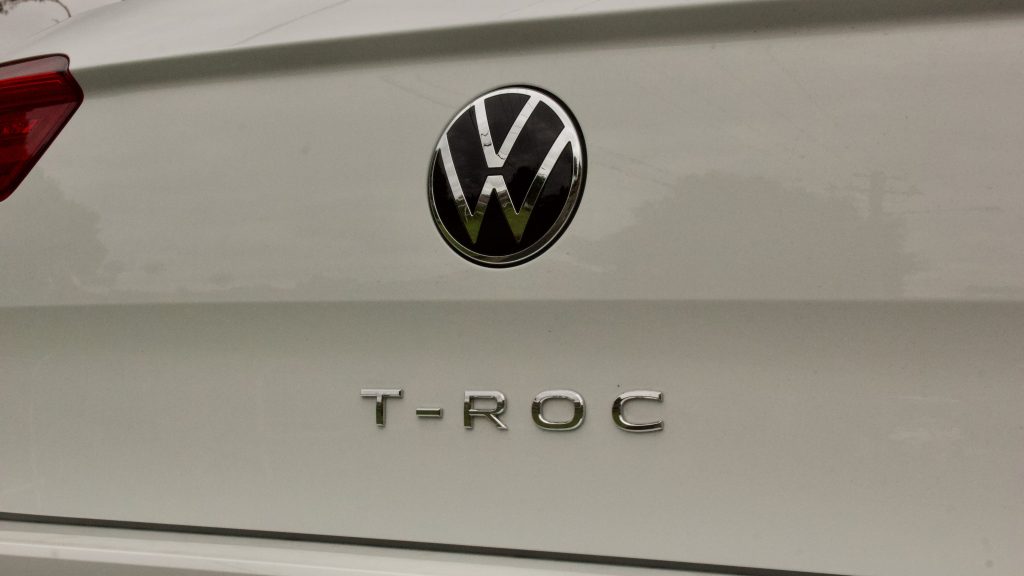
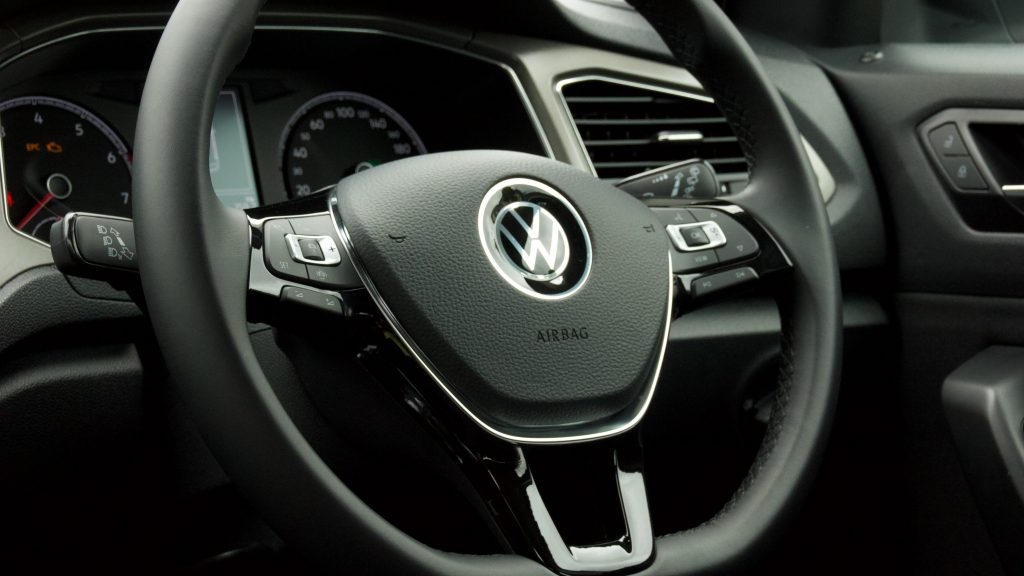
But the T-Roc range has just been bolstered by a cheaper front-drive variant called the 110TSI Style that positions the car against more rivals than the more expensive T-Roc 140TSI R-Line we recently drove. Is it worth consideration over its sporty brother? Let’s find out.
Price & Equipment: 9/10
While the T-Roc 140TSI is priced from $40,490, the 2020 Volkswagen T-Roc 110TSI Style is available from a much cheaper $33,990 plus on-road costs and surprisingly, the only real difference between the two models appears to be the drivetrain, and some sportier details on the 140TSI.
Standard equipment on the 110TSI Style includes 18-inch alloy wheels, cloth upholstery with lumbar adjustment for both front seats, dual-zone climate control, an 8.0-inch touchscreen with Apple CarPlay and Android Auto, four USB C inputs including two for rear passengers, LED front and rear lighting including front daytime running lights, auto lights and wipers, auto parking, keyless entry and start, heated/auto-folding mirrors, a six-speaker sound system and rear air vents.
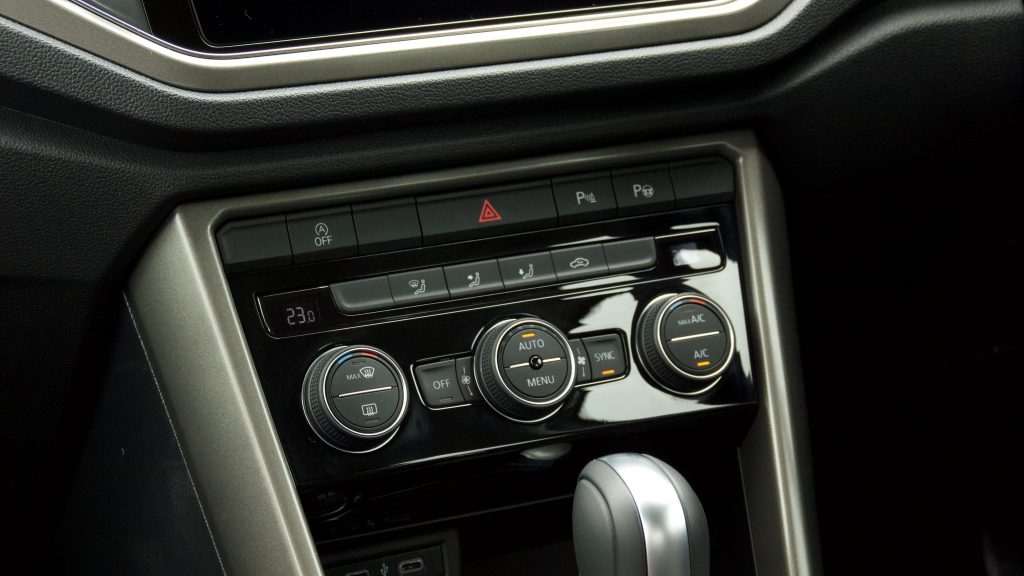

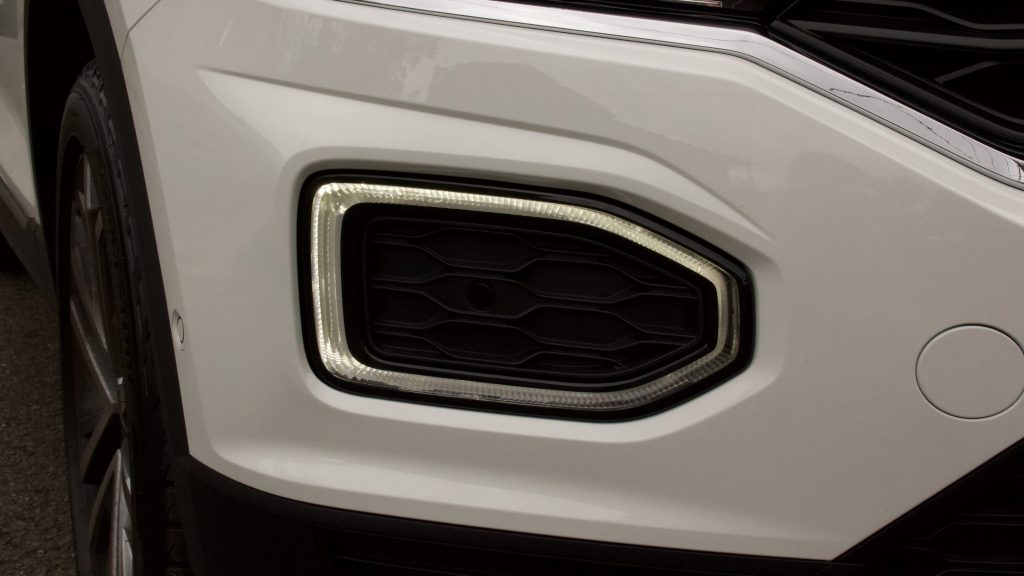
Active safety kit includes auto emergency braking (AEB) with pedestrian detection, rear auto braking, blind-spot monitoring with rear cross-traffic alert, front and rear parking sensors, a reversing camera, auto high beam, adaptive cruise control and lane departure warning with lane keep assist.
What does the 140TSI which we tested previously add? A sports steering wheel, a bodykit, R-Line badges, a more direct ‘sports’ steering rack, satellite navigation, a digital driver’s display and wireless smartphone mirroring.
Two option packs are available for the 110TSI Style: the $2,000 Sound and Style Package, which adds a digital driver’s display, satellite navigation, a 300W beats sound system and wireless smartphone mirroring and the $3,800 Luxury Package, which adds leather seating, heated front seats and a panoramic sunroof. Metallic paint is $600, and a black-coloured roof is standard.
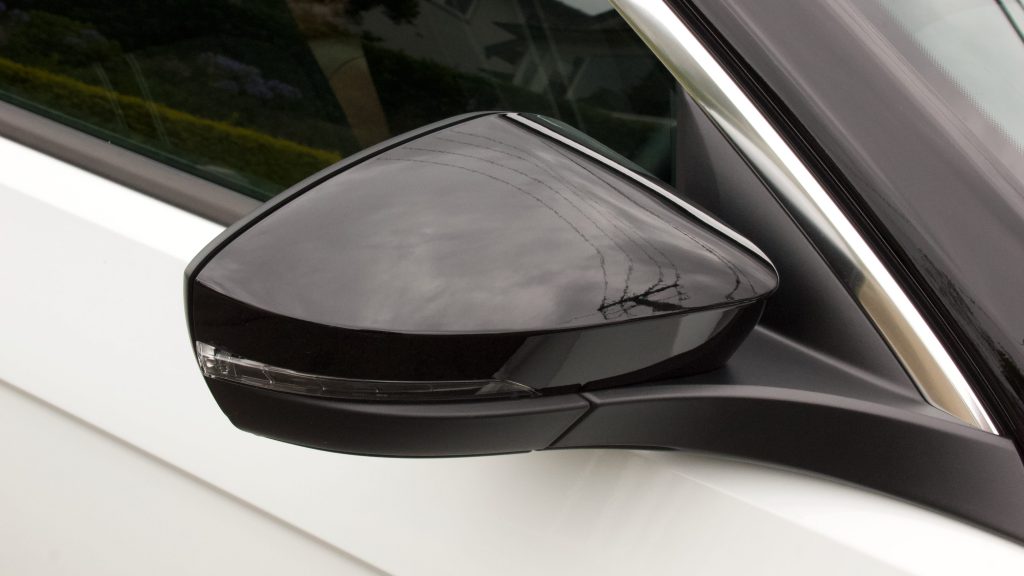
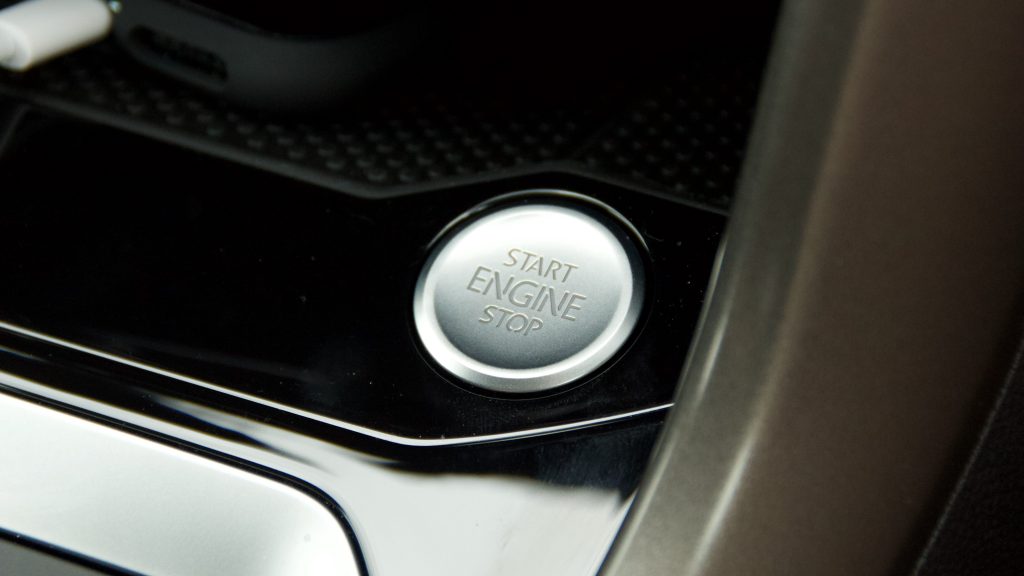
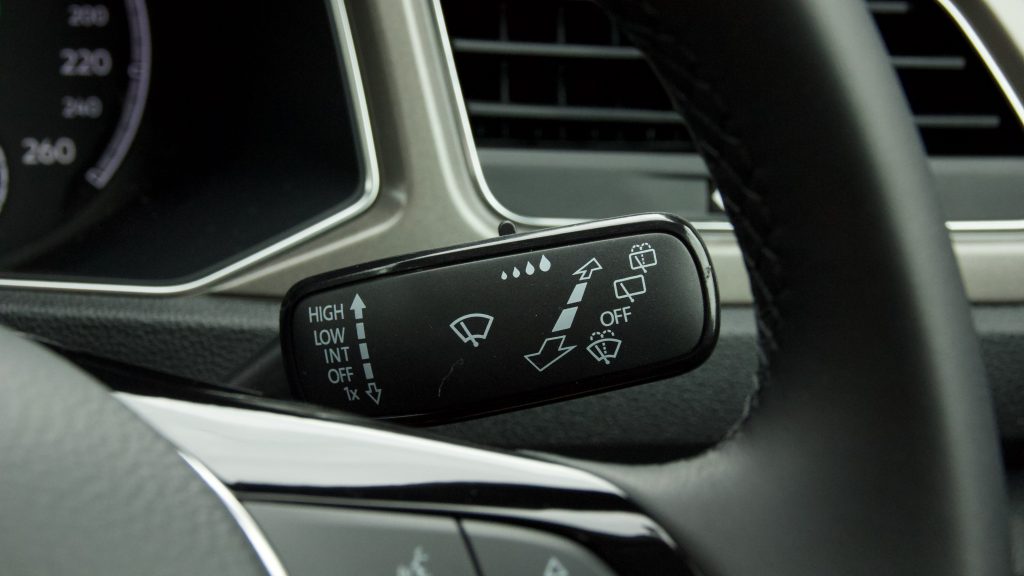
Competitors to the T-Roc include plethora of small SUVs but the Mazda CX-30, Toyota C-HR and Kia Seltos are the closest in terms of pricing and size, as well as their positioning in their respective ranges – they each have a smaller SUV sibling but a larger one as well.
Performance & Economy: 9/10
Unlike the 2.0-litre turbo 140TSI, the 2020 Volkswagen T-Roc 110TSI Style is equipped with a 110kW/250Nm 1.4-litre turbocharged four-cylinder petrol engine that’s matched to an eight-speed torque converter automatic transmission. Unlike the 140TSI, the 110TSI is front-wheel drive.
The 1.4-litre turbo engine is used in a wide range of VW Group products, including the Mk7 Golf. It’s a punchy and refined engine that gives the best of both worlds – reasonable performance and good fuel economy as well. A cleaner and newer 1.5-litre turbo petrol engine with the same outputs exists in the T-Roc overseas – VW Group Australia blames our fuel quality and lack of emissions standards for offering the older 1.4 instead – but we think it’s a great engine that’s pretty efficient anyway.
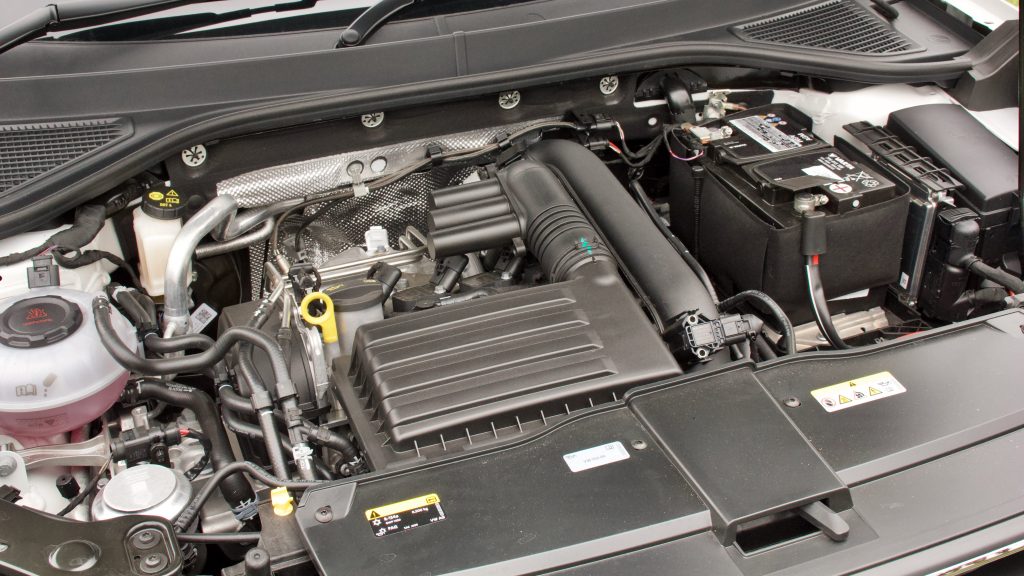
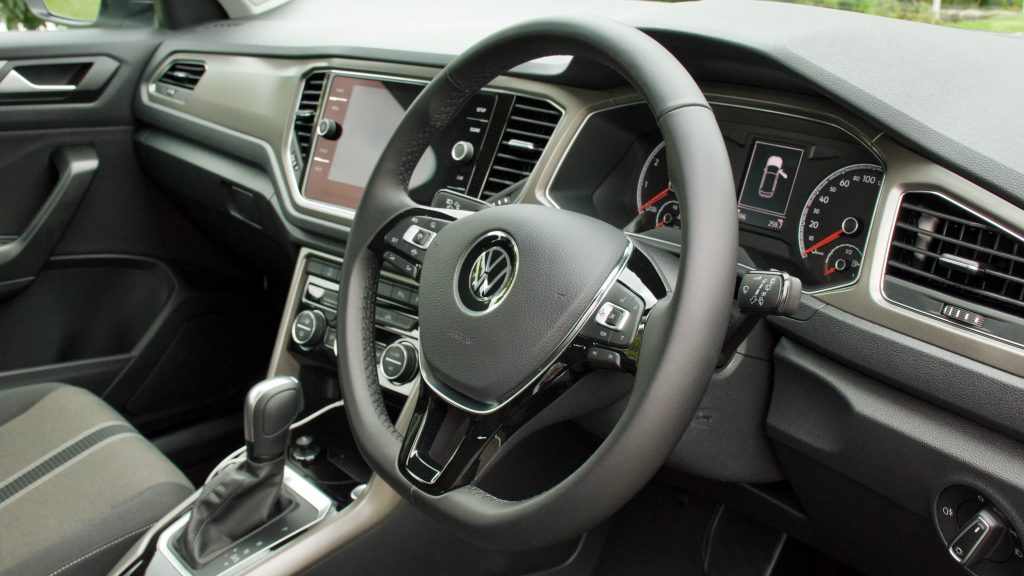
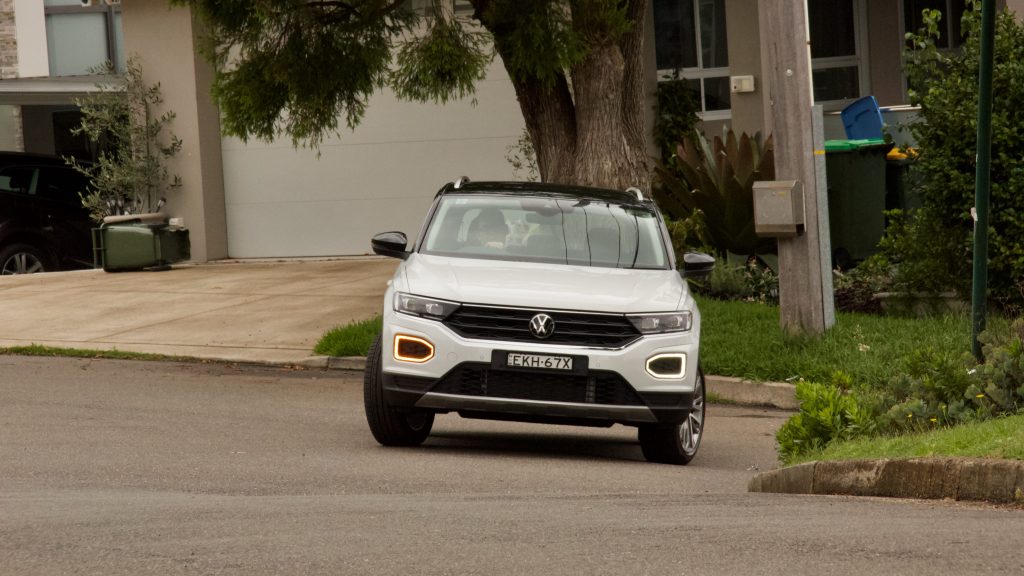
The best part in our opinion is that the 110TSI is matched to an eight-speed torque converter automatic transmission – there’s no dual-clutch DSG gearbox here. It’s made by Japanese company Aisin and is an excellent driving partner – there’s none of the low speed hesitancy found in dual-clutch autos, it’s just smooth sailing all around. Having eight ratios means that it cruises effortlessly at highway speeds – the engine revs at below 2,000rpm at 110km/h.
While dual-clutch autos are well-suited to faster cars such as the Golf R, we think the eight-speed torque converter auto should be used in other VW Group products as it’s smoother around town than the seven-speed DSG in particular, yet it still shifts quickly and imperceptibly like a DSG.
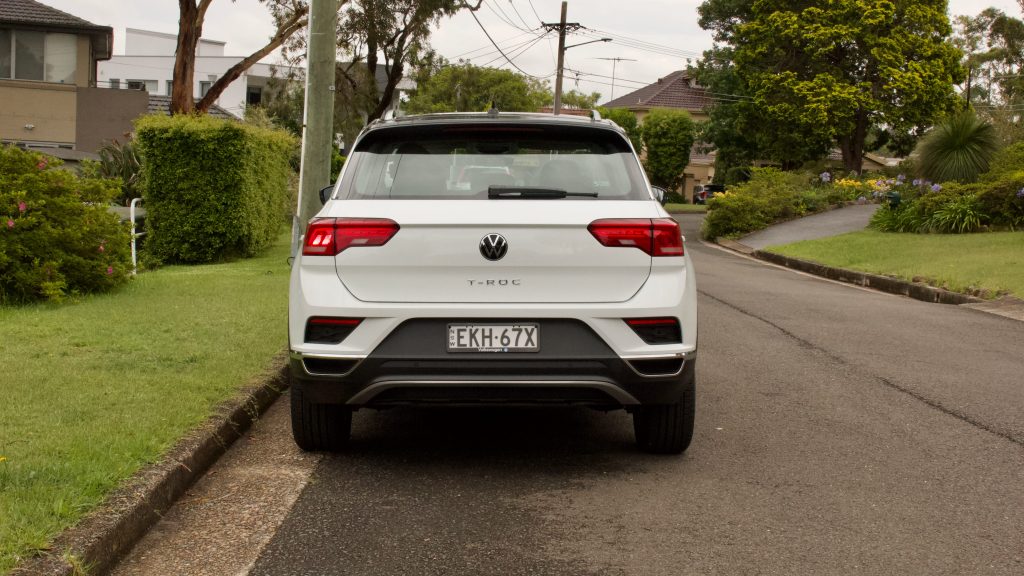
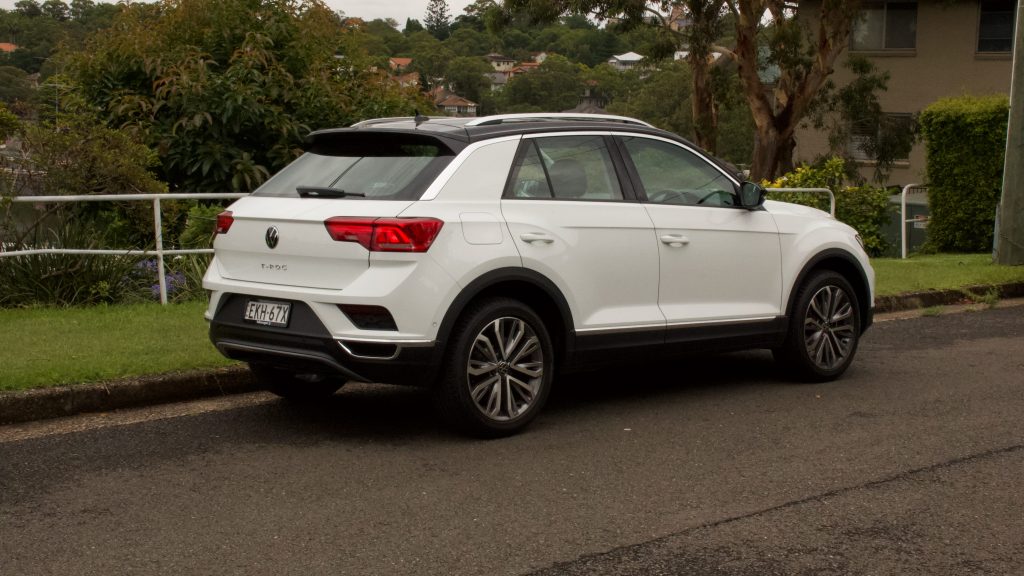
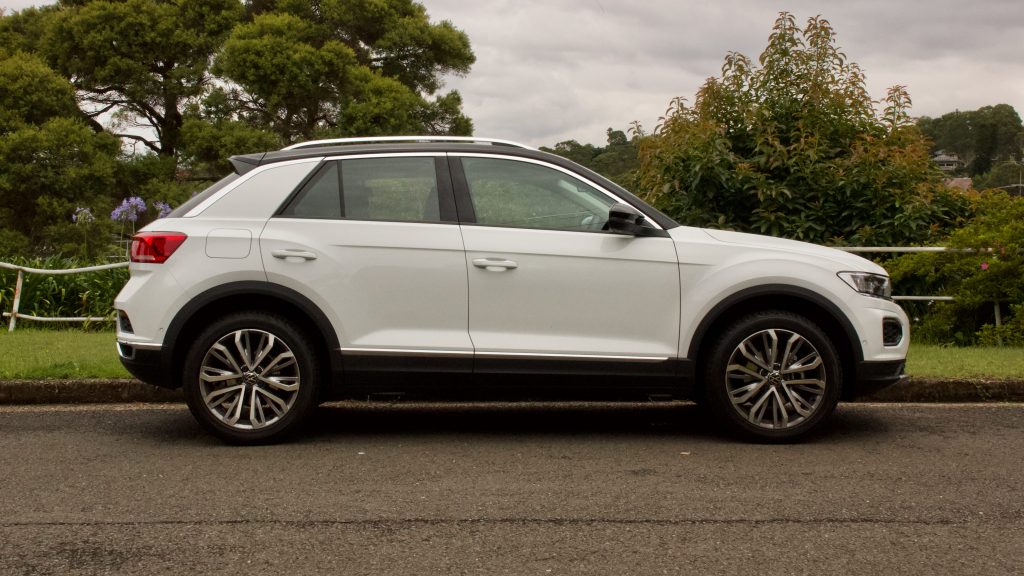
Volkswagen claims the T-Roc Style will use 6.2L/100km combined and in our mostly urban testing, we recorded 7.4L/100km – though on a highway trip, it used 5.4L/100km. Like other VW Group products, the T-Roc uses minimum 95RON premium unleaded.
Ride & Handling: 8/10
The T-Roc is based on the same MQB platform as a lot of other VW Group products, including the Golf, the Skoda Karoq, Audi A3, Tiguan and so on. Surprise, surprise then that the T-Roc drives largely like a Golf – though obviously it’s a little bit higher up. Unlike all Australian-spec Golfs and the higher-spec T-Roc 140TSI as well, the 2020 Volkswagen T-Roc 110TSI Style uses a torsion beam rear suspension set up.
This, combined with the standard 18-inch wheels means that the T-Roc rides somewhat firmly, though in that typically solid Volkswagen way. Bumps and what not are felt throughout the cabin, though the suspension settles quickly and at higher speeds, it’s great. Visibility is reasonable too, though road noise is a touch higher than you’d expect.
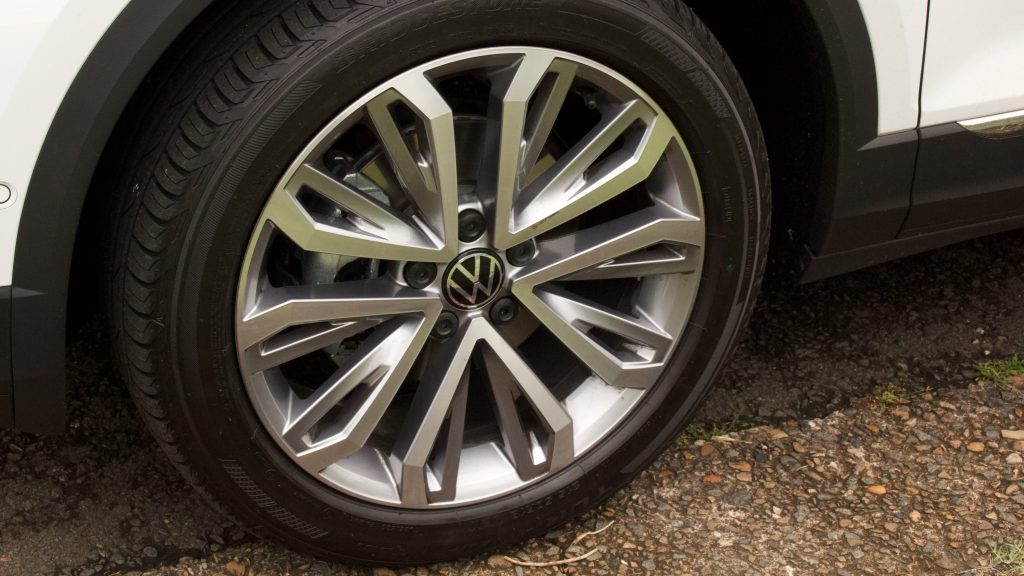
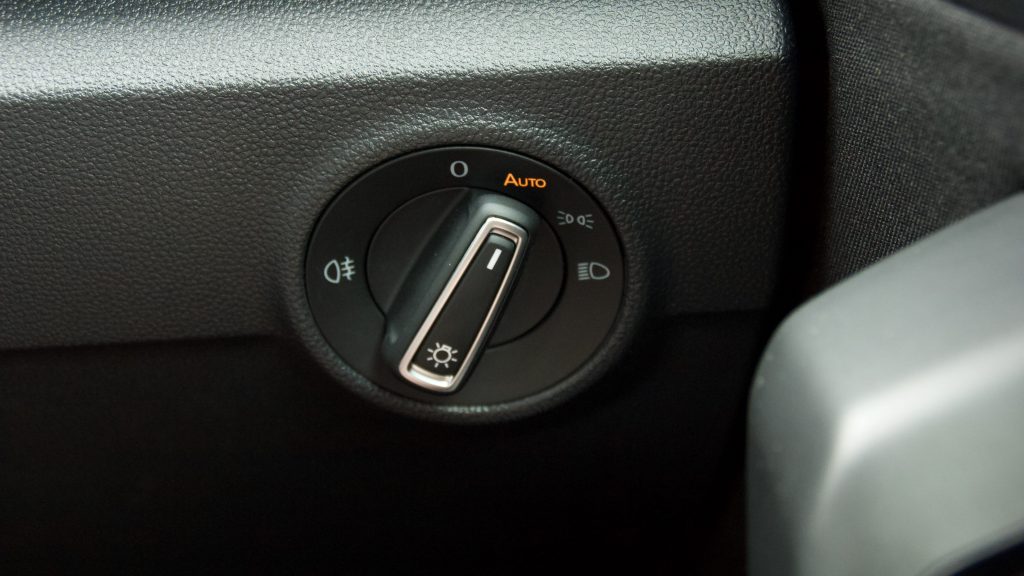
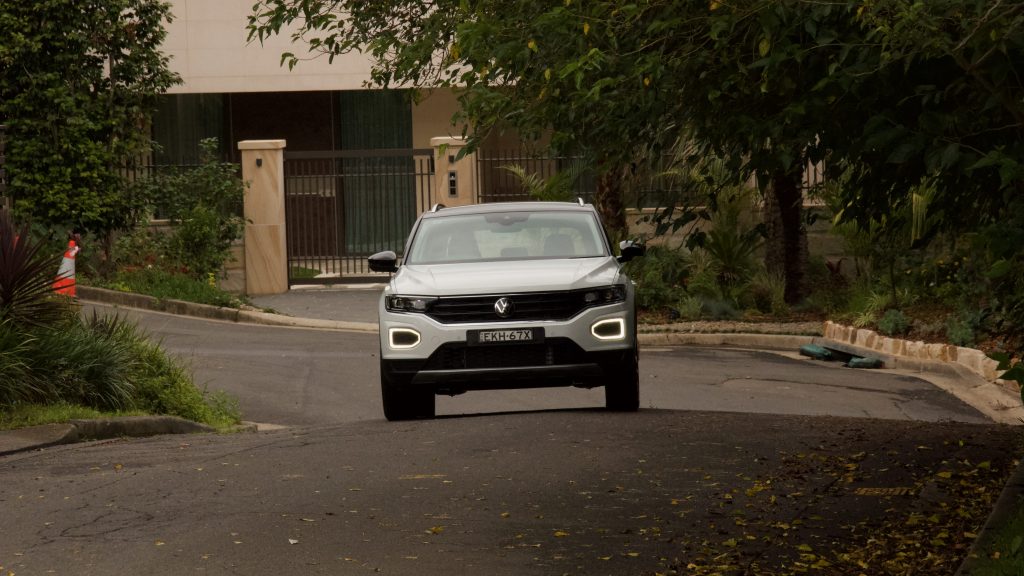
Though it doesn’t share the all-wheel drive system and more powerful engine of the T-Roc 140TSI, the 110TSI is still a fun thing to punt around. The steering isn’t the last word in feel, but it’s well weighted and quick as well. The quick steering also adds to the chuckability to the car, and thanks to its lovely chassis, it’s high up on the list for fun in the segment.
Interior & Practicality: 7/10
The T-Roc’s cabin is nicely put together, it’s roomy for its size and it’s got a nice mix of tech, but material quality leaves a lot to be desired. The Mazda CX-30’s cabin is sumptuous in material quality with leather and soft surfaces everywhere – by contrast, the T-Roc’s cabin doesn’t possess one bit of soft touch plastic, which is disappointing considering the entry point to the Volkswagen brand – the Polo – does have a soft-touch dashboard.
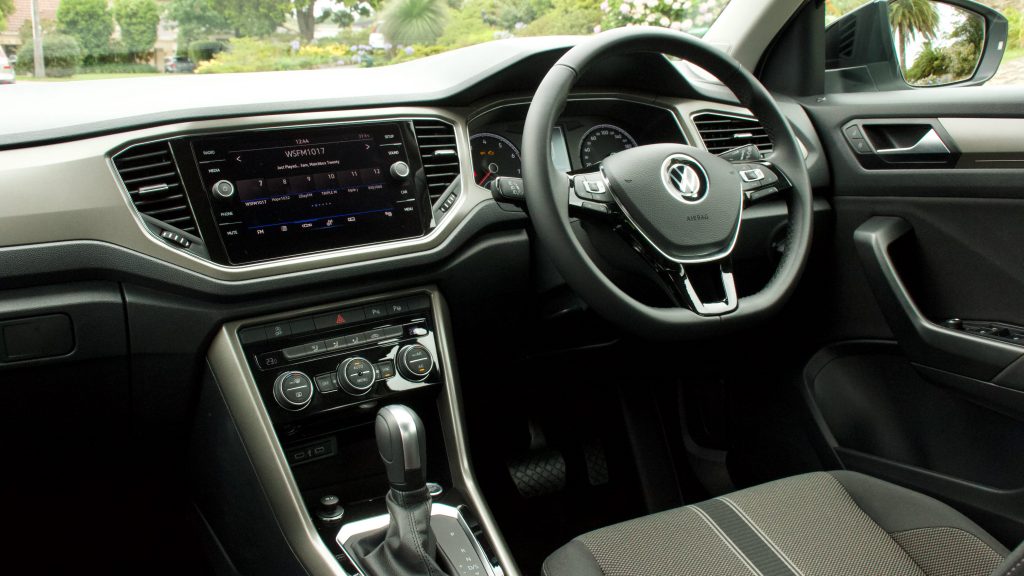
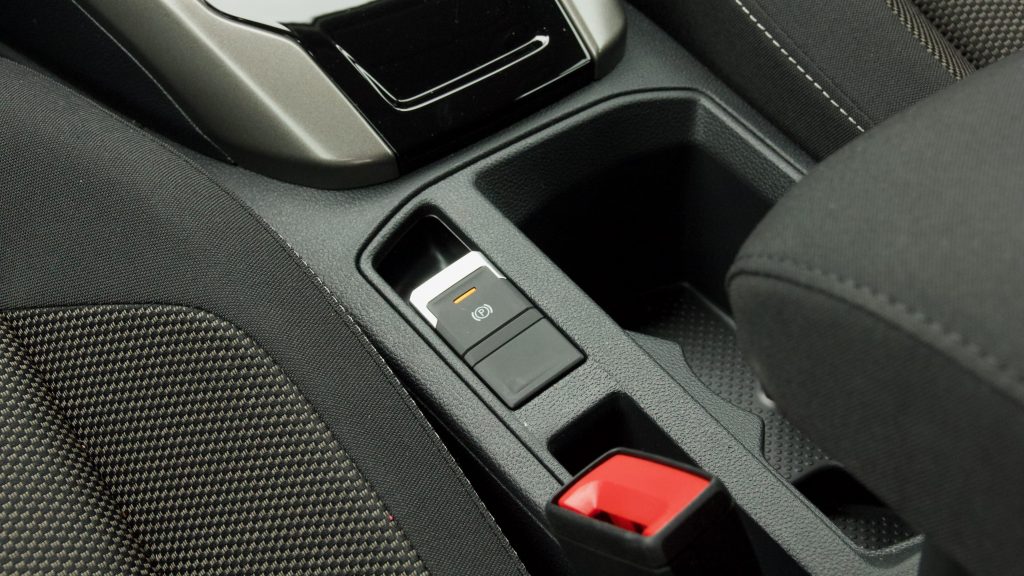
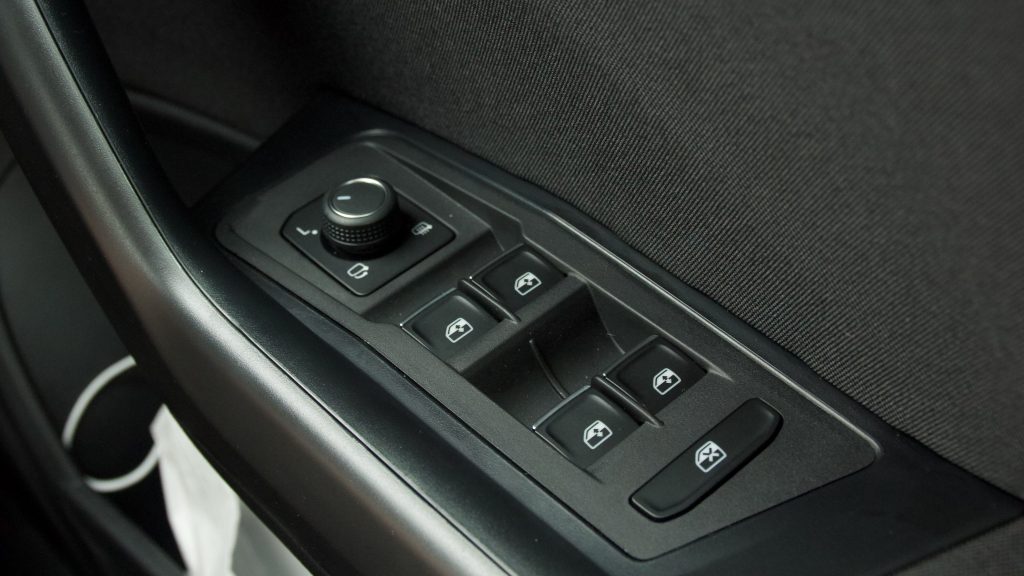
But it’s very well screwed together, and solid as well. The leather steering wheel is lovely to hold, and the cloth seats are actually quite nice – unlike the Kia Seltos and entry-level CX-30s, they feature lumbar adjustment too. The 8.0-inch touchscreen isn’t as well-featured as the upper spec 140TSI as it misses out on nav – and the digital radio and wireless phone charging of the Kia Seltos – but the screen quality is excellent, and while the dials aren’t digital (you need the Sound and Style Pack for that) they are classy and easy to read. The six-speaker sound system is reasonable, though we’d choose the Sound and Style Pack to get the 300W beats sound system.
It’s a practical cabin, in traditional Volkswagen fashion. There are big storage cubbies ahead of the gearbox, between the two front passengers and there are some pretty large door bins in all of the doors, though a tray on the dashboard top would’ve nice. The rear seat is plenty roomy for six-footers such as myself, and a rear centre armrest and rear vents with two USB C charging ports will help the comfort of the rear passengers. The rear seat of the T-Roc is definitely best in class – it’s much roomier than the CX-30 and C-HR, while also offering more features than the Seltos.
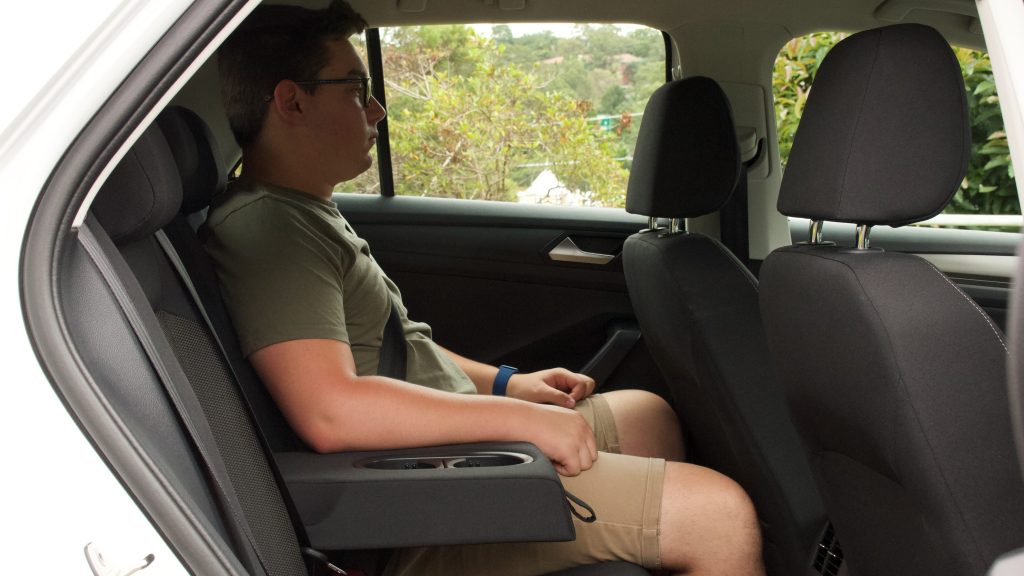
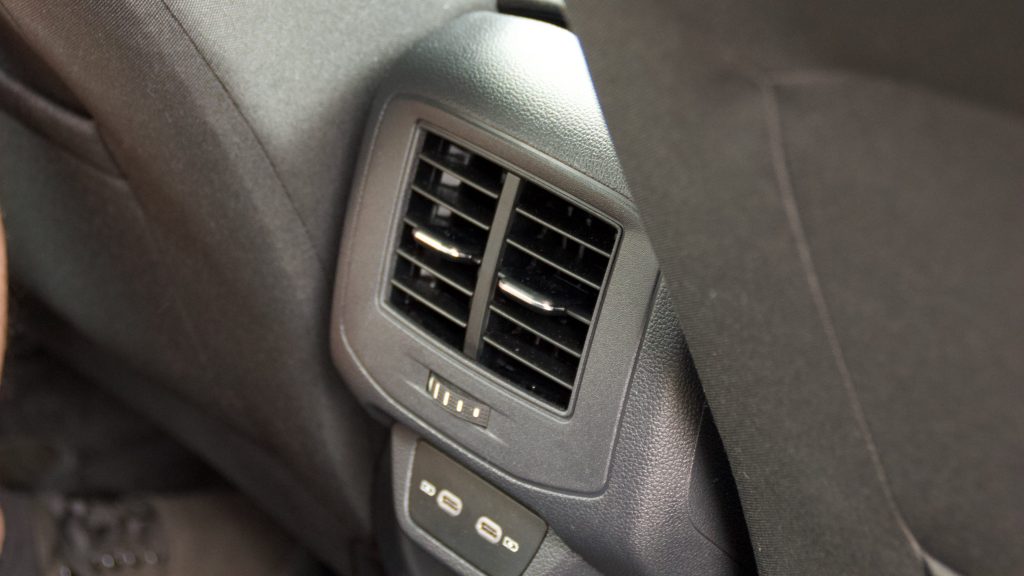
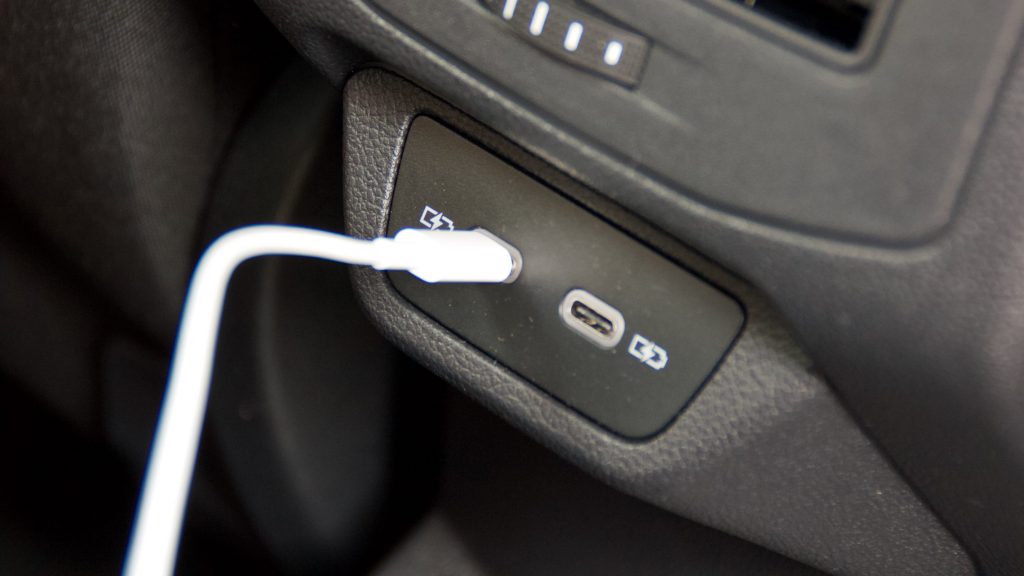
Bootspace in the 2020 Volkswagen T-Roc 110TSI Style is pretty excellent with a full 445-litres of available space – you’ll note this is 53L larger than the 140TSI thanks to its all-wheel drive system taking up space. Folding the seats flat gives you 1,290L of space – more than the 1,237L of the 140TSI – and there are hooks and a dual-level boot height to further aid practicality. A space saver spare lies underneath the lower boot floor.
Service & Warranty: 7/10
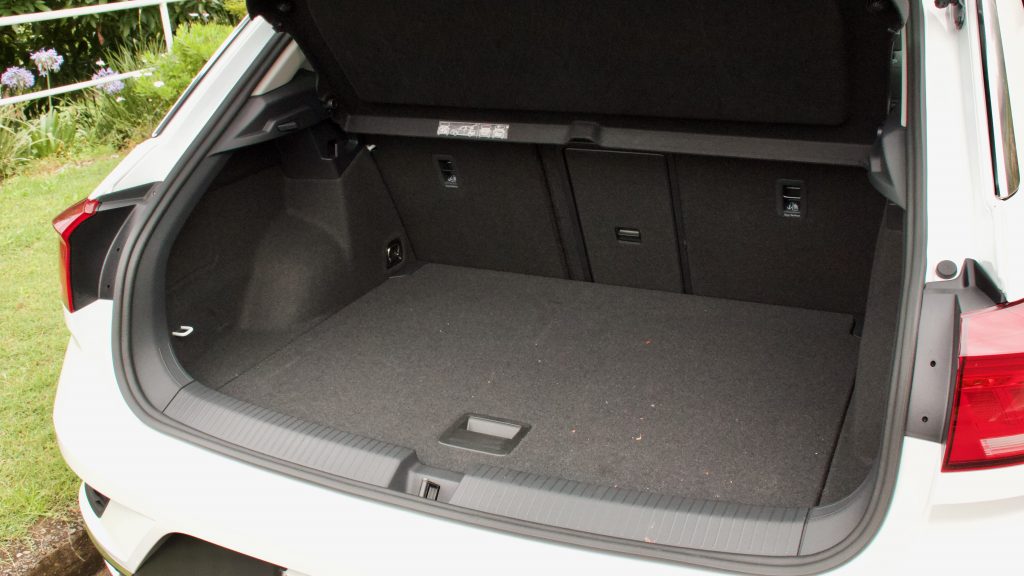
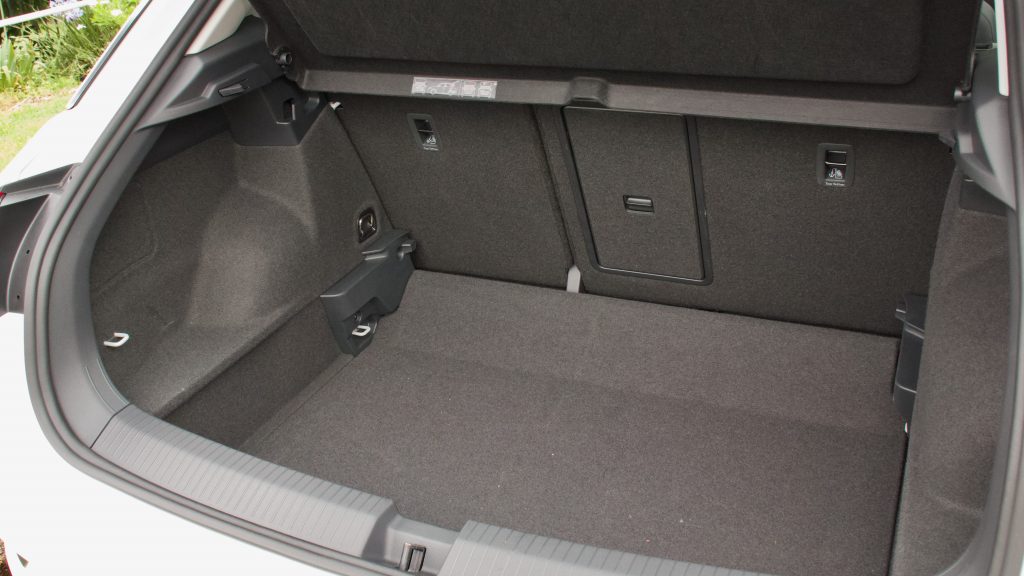
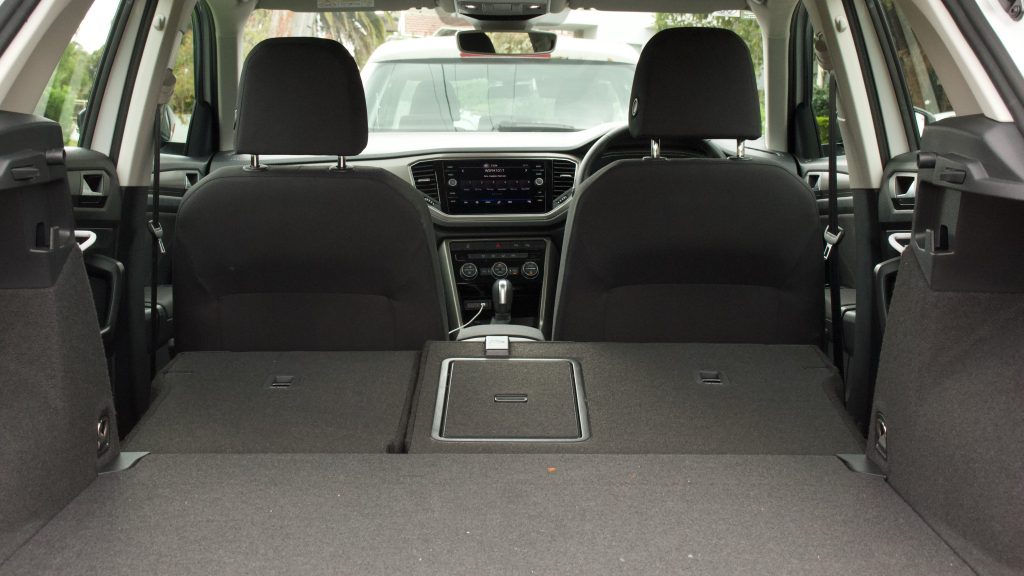
Like Volkswagen’s other passenger cars, the T-Roc is covered by a five-year/unlimited km warranty. Servicing it comes every 15,000km or once yearly, and it’s not cheap: five years or 75,000km of servicing costs $2,796 or $559 per service. This can be lessened at the time of purchase as Volkswagen offers service plans – five years is $2,100 ($420 per service).
A Kia Seltos 2.0-litre costs $1,914 over the same time period/distance ($382 per service), while a Mazda CX-30 costs $1,907 up to 50,000km, though will cost more if you travel further. The Toyota C-HR? Just $925.
The 2020 Volkswagen T-Roc 110TSI Style DiscoverAuto Rating: 8.0/10
While I’m sure some will disagree, I think the 2020 Volkswagen T-Roc 110TSI Style adds to the brand’s medium-sized SUV for two reasons: it’s more affordable than the 140TSI and it’s more practical as well, thanks to the lack of a rear differential opening up the boot. The cheaper price makes the lack of soft touch materials more forgivable as well, and the T-Roc Style is very well equipped for the money.
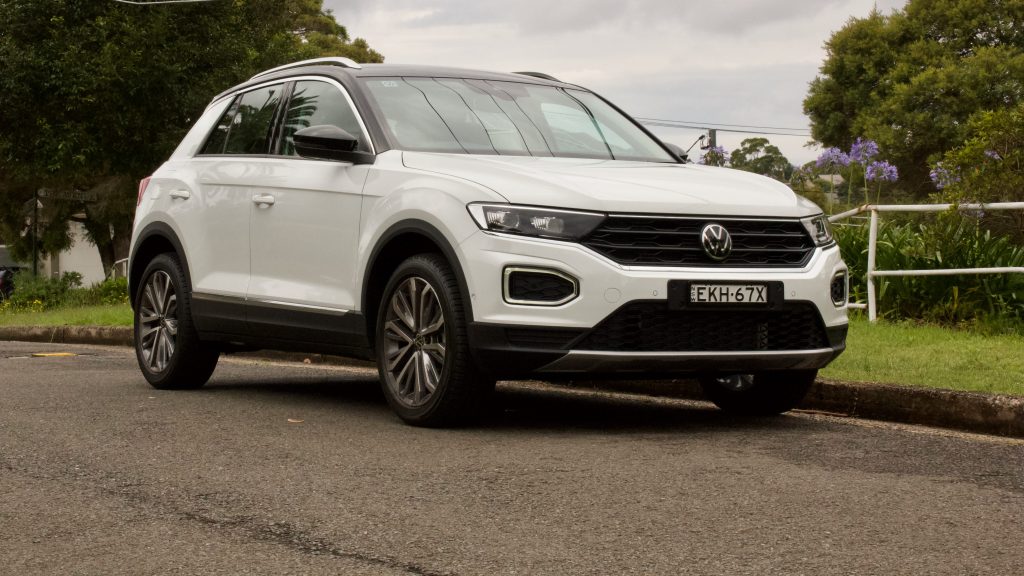

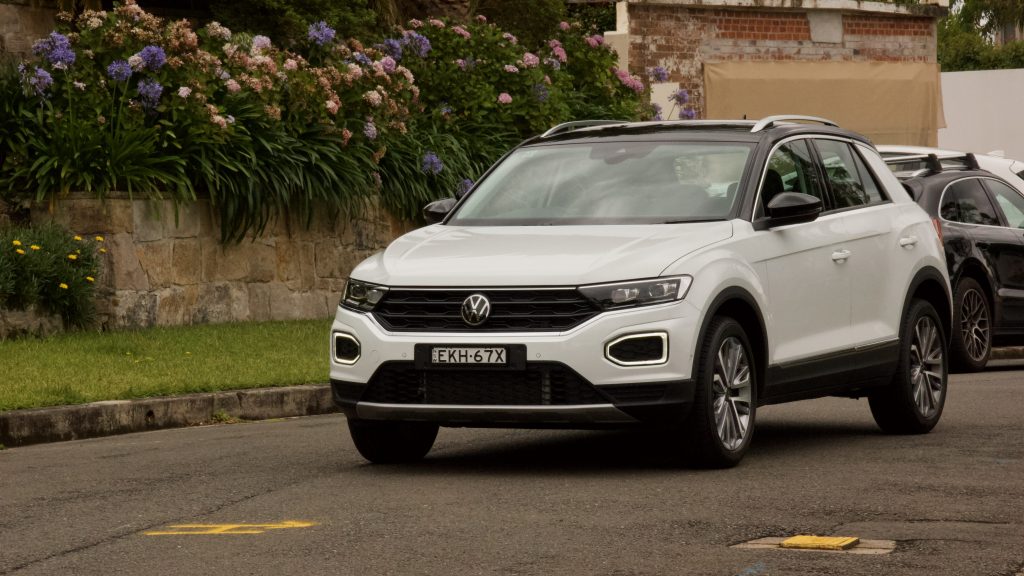
And then we get to the drivetrain, which is a total gem. Thankfully, the T-Roc Style doesn’t feature a DSG dual-clutch auto – the Aisin torque converter unit in its place is much smoother, especially around town. Combine this with the T-Roc’s solid dynamics, ace practicality and pretty handsome styling, we think Volkswagen’s SUV lineup has been exceptionally well bolstered with the T-Roc 110TSI Style.
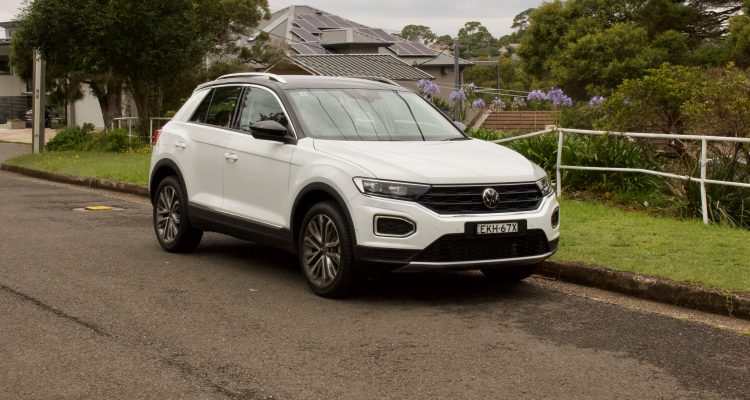
Leave a Reply